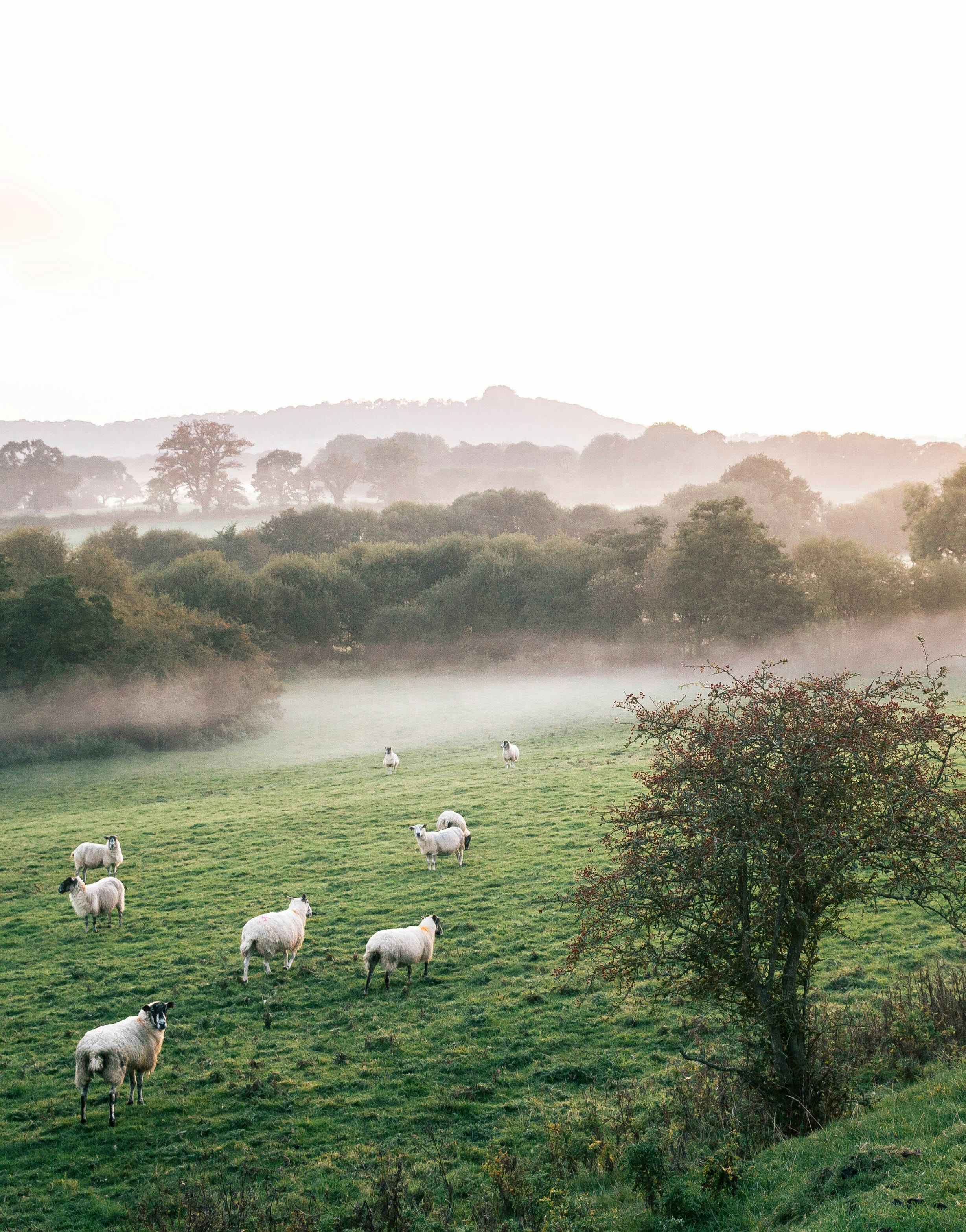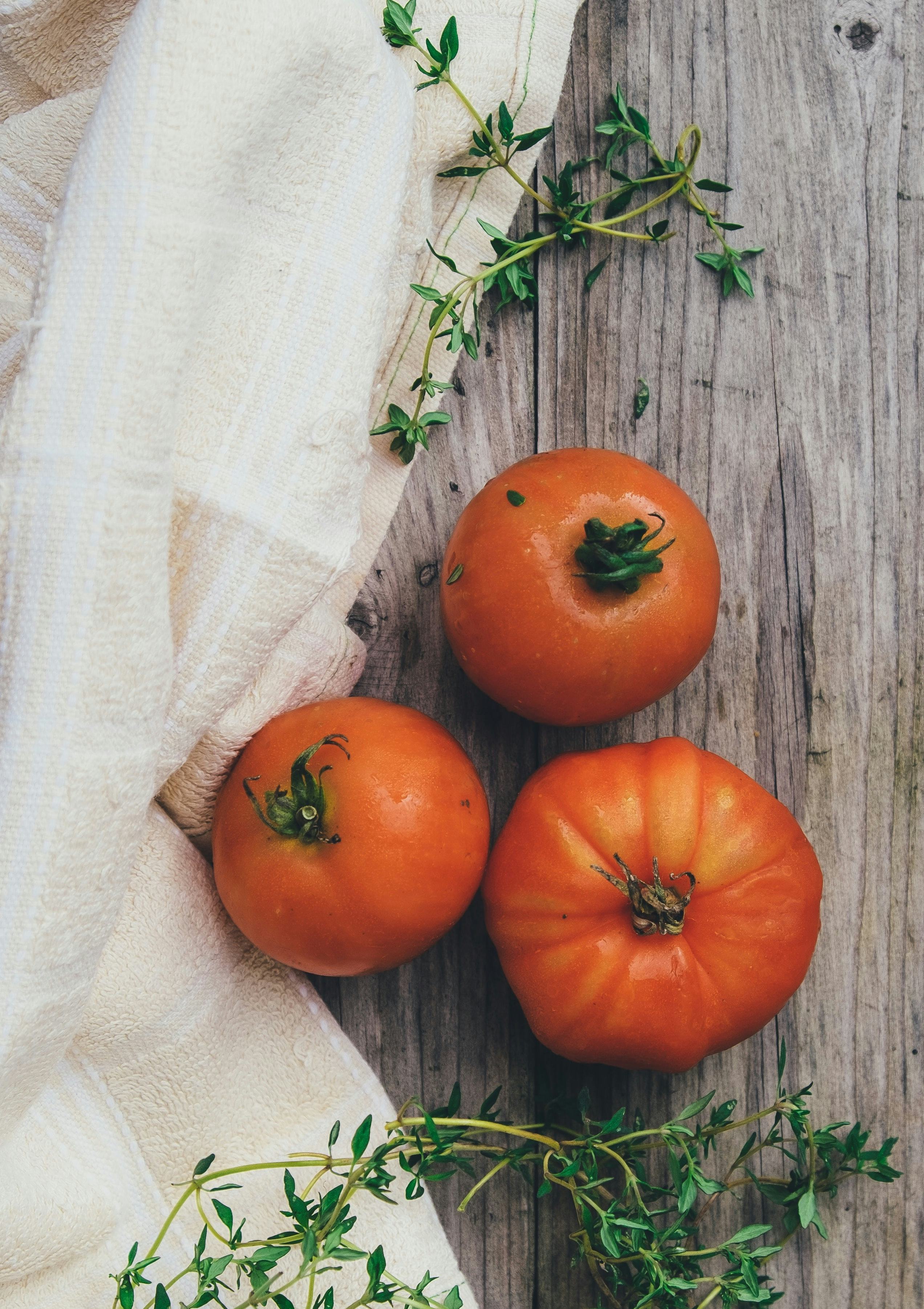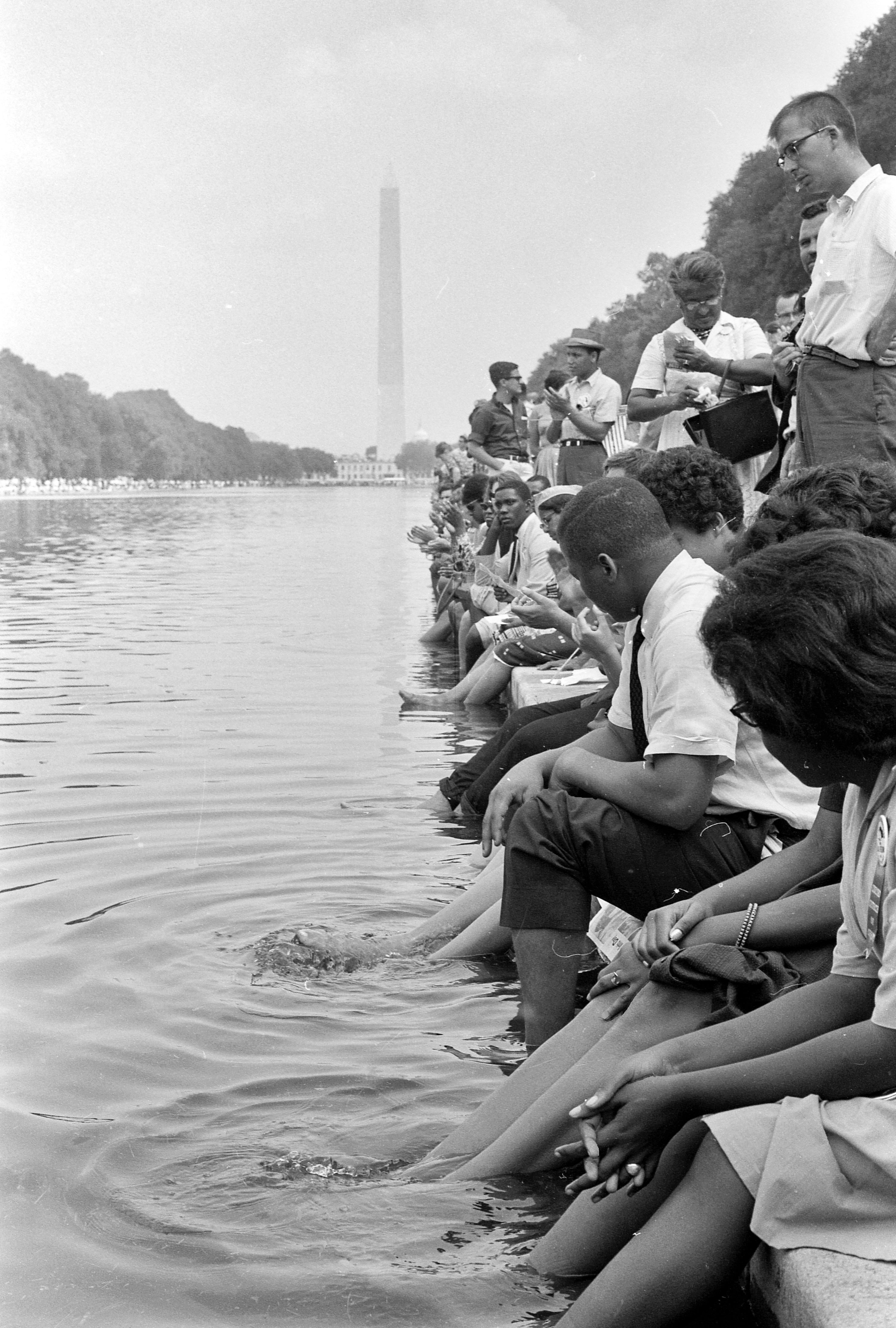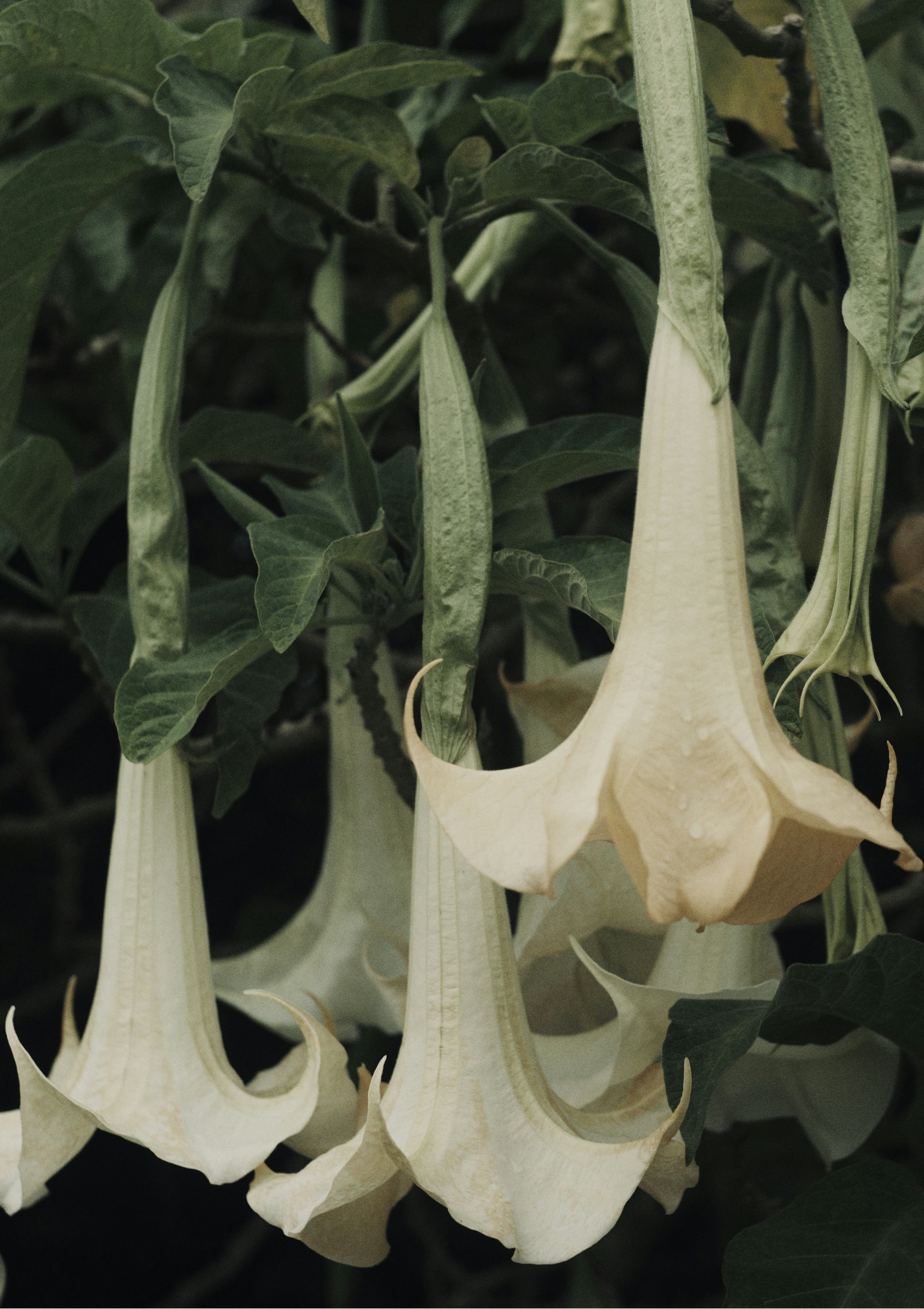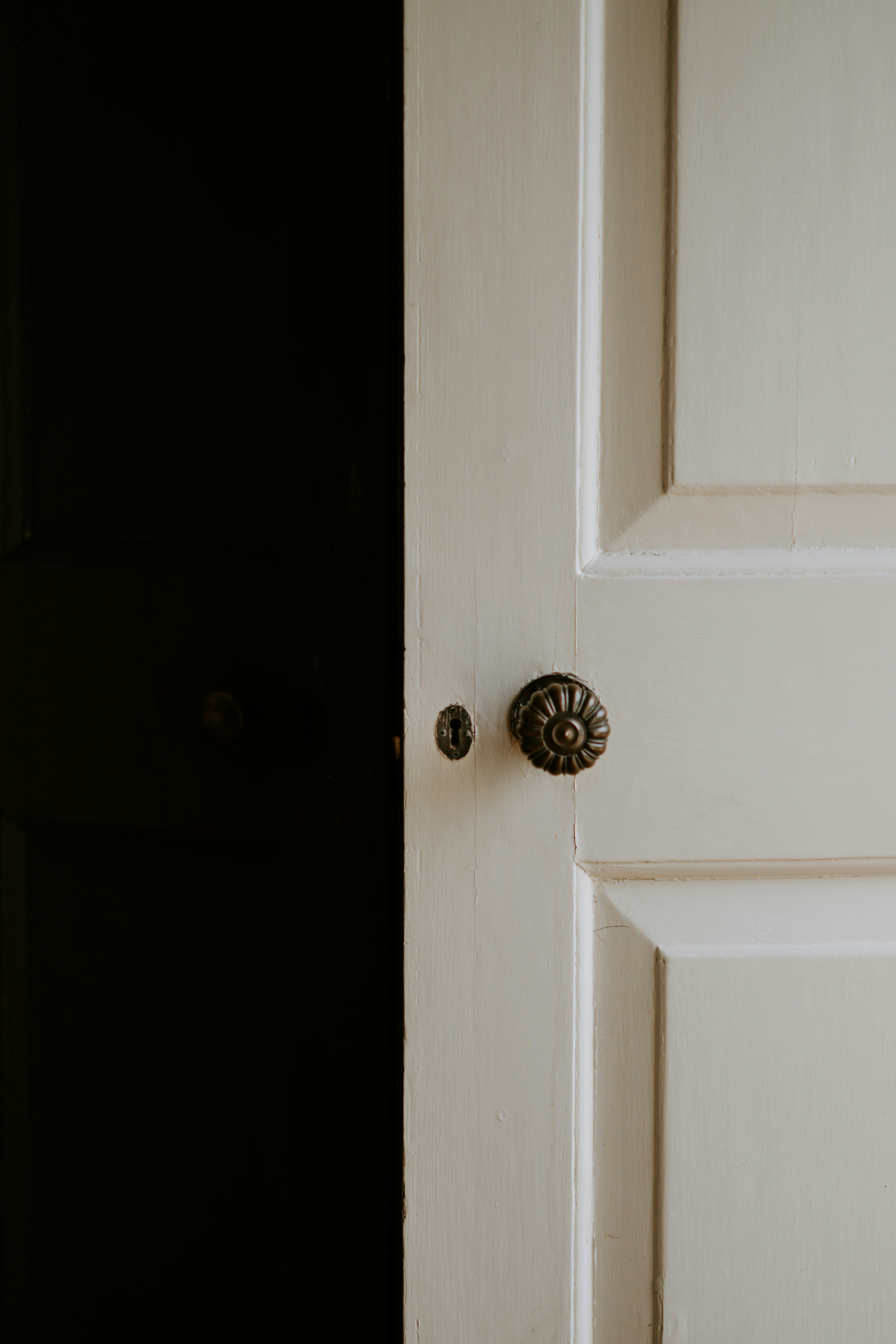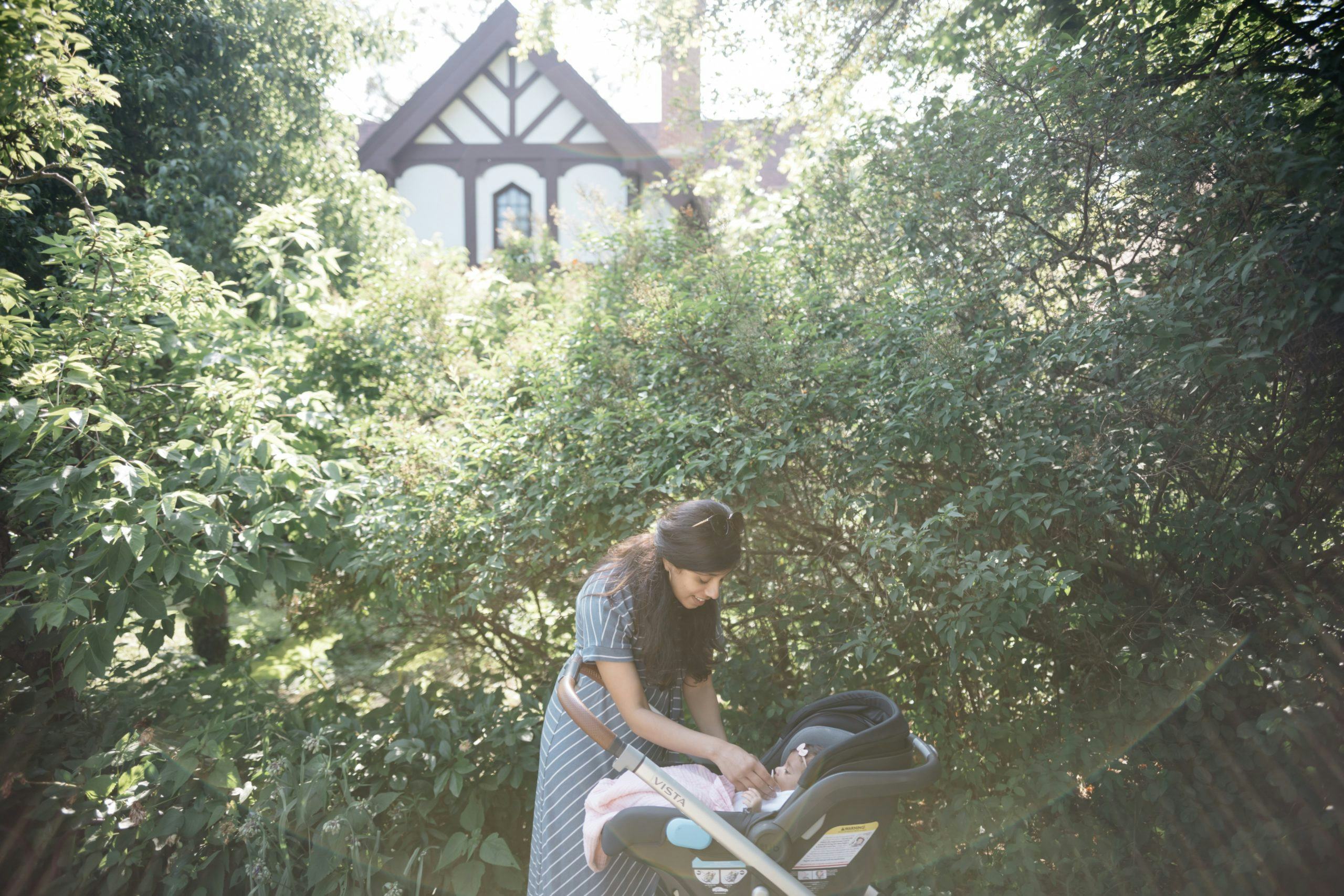Hold my hand, dear reader, and accompany me to the realm of childhood— that place that is both real and imagined.
Imagine with me the first time you felt rage. Paint the scene in your mind, and allow yourself to settle in the memory as if you were there for the first time.
Where are you? Are you with someone? Alone?
My memory is vivid. I am four years old and playing dolls with my friend. As a little girl, my doll was less a plastic plaything, and more a real person. She had dark hair and pink rosy cheeks, and wore a white lace frock. I named her Jessica, and with that name I granted her all the rights and privileges of a real human being. I tucked her into bed at night, and kissed her softly on her cheek when she awoke in the morning, and even fed her dinner with the rest of the stuffed animals.
One day, my friend from preschool came over to play. She also brought her doll, and together the two of us twirled and whirled with the magic of make-believe. Then, I remember my friend saying she preferred Jessica to her own doll. Stunned, I watched in horror, as my friend pulled Jessica’s play-limbs, until the fabric tore in two. My friend laughed. Then a feeling came over me. It was anger and pain all at once. It was hot, and I felt a warm flush rise up from my gut and enter into my cheeks, then release itself as a gush of tears. I was angry, but not because I was hurt. Because Jessica was hurt. Where did my pain end and Jessica’s begin?
It was less about her arm being torn, and more about a higher ideal being severed. Why did this happen? Was it an accident? Why would a friend destroy my doll out of envy? Her doll was just as lovely.
In my clinical work I see this traumatic displacement often, especially in cases of domestic violence. Displacement happens when we fear our own anger. Instead of acknowledging our feelings, and being courageous enough to admit that we are angry or afraid, we might take our darker feelings and place them on something less threatening. An example might be if you’re upset about a situation at work, then you find yourself snapping at your friends. We all engage in this unhealthy coping mechanism. The fundamental question, though, is: where do we put our pain?
I believe that each and every one of us has a creative force inside us. We might forget it over the years – in the same way that we forget how to play make-believe – but it lives in us and always will. It is the force that allowed me to bring a fabric doll to life. It is the same force that gave me the strength to forgive my friend. Where did she learn to grab, I wonder? Harshness is a learned behavior. Maybe she was acting out things she saw at home? I will never know, but I do know that the violence and harshness that we see now in our political climate is nothing new. Rage begins inside of us as hurt and self-hatred.
So what force is more powerful than rage? What can channel anger into beauty? Can any force take destruction and turn it into life?
I remember the seamstress’s hands, as she threaded the needle, and sewed delicate stitches into Jessica’s arm. I remember the way she adjusted her glasses, and brought my doll back to life. She was soft, and was channeling a power I had not seen before. What was it?
It was the painstaking care with which she aligned Jessica’s limb to her fabric body, the attention to detail. It was the way the seamstress gently pushed back Jessica’s hair, as if she were a real person. She was so gentle.
That seamstress taught me a lesson that day – that gentleness is the antidote to rage, and we are all gentle. It was gentleness that gave Jessica life, and it was gentle-care that let me cry for concern for my doll. It was gentleness that gave me the power to forgive my friend. And it was the gentleness of my mother who took Jessica to a seamstress, who then gently brought her to life again.
This story ends with Jessica’s arm being sewn back on. Though she was fully functional, her limb was always a bit lopsided. And while it might be easy to laugh at this story, or brush it off as kids being kids, there is a deeper lesson here.
The lesson is that children grow up to be adults. And if we do not sit with our emotions and our pain, we end up acting it out on others. Pain never goes away; it is an energy. Remember your physics lessons! Energy can neither be created nor destroyed. We have a choice: it is either channeled into some other force, or transferred onto others as retaliation and vengeance. The old adage is true: hurt people hurt others.
You are gentle. Yes, you. Whoever you are reading this— you are so very gentle. Even now as your eyes blinked tenderly to read this next sentence, the way your soft breath flows from your lungs; everything about you is gentle.
Claim this as your power, and channel your rage and anger into this creative and healing force. In our time of political unrest and upheaval, you must cling to your softness. Gentleness is an act of political resistance. By being tender, you are restraining yourself from the vortex of chaos with which we are inundated on the news. In this time of violence, cling to your gentleness. Ask yourself how am I uniquely gentle? Journal about moments when you have been tender. Meditate on your own softness, and then channel this healing power outwards towards others. Ask yourself how do I want the world to embody gentleness? Then be that force. Show your community that kind of gentle-love. Gentleness is a healing balm that lives inside you at all times. The world needs your unique gentleness.
Remember, gentleness is both soft and fierce, and so are you.
Mia Tabib is a social worker and therapist, and a recent graduate of Yale Divinity School. She loves thinking about Gentleness, and agrees with Hans Christian Andersen that our lives are all fairytales written by the hand of god.
Discover more from Mia Tabib.
